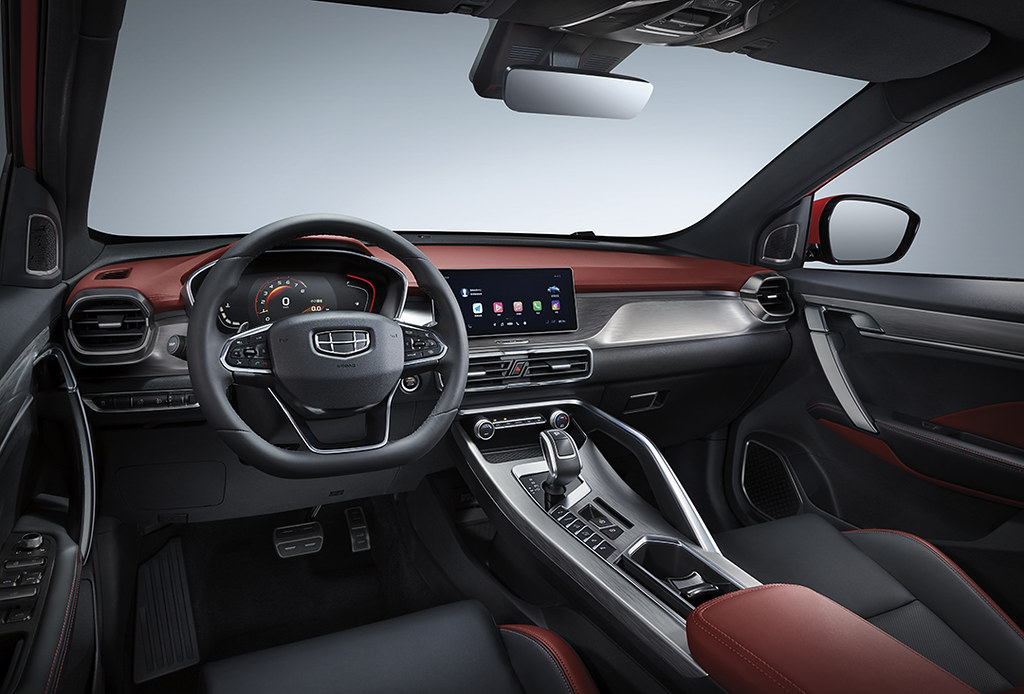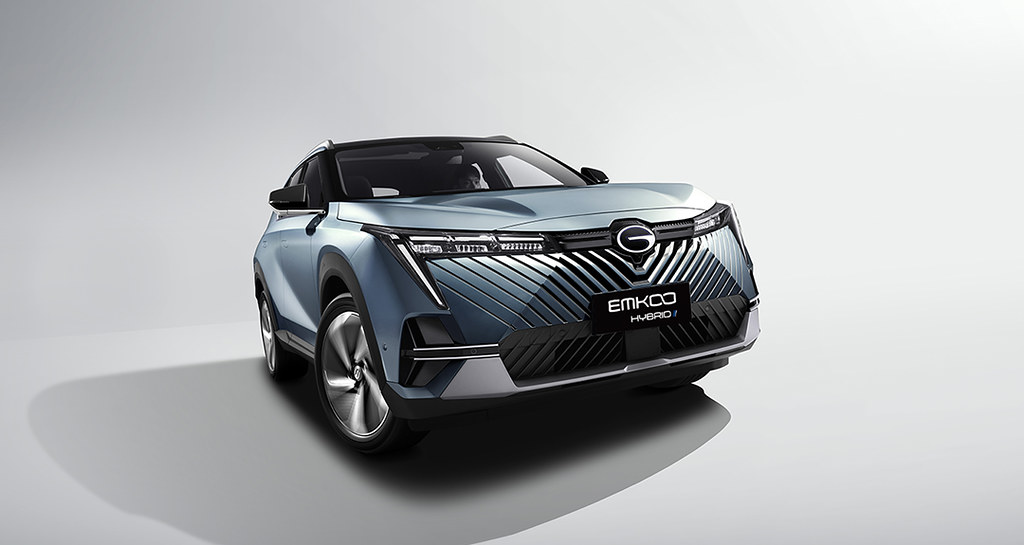Whether you’re a hard-core car enthusiast or a casual car user who hardly knows how to change a tire, a 3-cylinder engine is nothing to FaceTime home about. V8s and V12s are magnificent and sixes (especially flat-6s and inline-6s) are almost as wonderful, which leaves four as the default number of cylinders for decent engines.
But three cylinders? Thanks, I’ll pass.

At least until a few years ago—2014, to be exact. That’s when Ford unveiled what would become one of its most awarded engines in the Blue Oval company’s hundred-plus years of existence. This is the 1.0-liter 3-cylinder EcoBoost engine found under the hood of the Ford Ecosport. It’s a tiny turbocharged engine that would fit on an A3-sized sheet of paper—yet deliver surprisingly energetic performance while delivering small-engine fuel economy figures.
Also in 2014, BMW (and BMW-owned Mini) came up with their own turbo 3-cylinder engine. It would power the then-new 3rd-generation Minis and, more recently, the new BMW X1 as well as the latest 1- and 2-series models. I’ve driven these Minis and BMWs and they’re an absolute ball to drive. In foreign markets, Honda, Peugeot, and Volvo also offer 3-cylinder turbo engines.
And now that Volvo 3-banger is here in the Philippines—albeit under the hood of another car brand. Chinese carmaking giant Geely, which owns Volvo, has brought their own 3-cylinder-powered crossover in the Coolray. And it’s the same motor you’ll find under the hood of some 3-cylinder-powered Volvos. This novel 1.5-liter direct-injection 3-cylinder engine is part of the global Volvo Engine Architecture (VEA), a new modular engine family of 3- and 4-cylinder engines developed to support electrified (i.e. hybrid) powertrain systems.

Impressively, these new-generation 3-cylinder engines effectively address the main concern for odd-numbered-cylinder engines—vibration. (Volvo is a veteran in 5-cylinder engines, after all.) Each component of the VEA engines had natural frequency targets preventing NVH issues. In addition, the latest engine technologies in the Geely engine such as counterweighted crankshafts, dual-mass flywheel with centrifugal pendulum absorber damper, single balancing shaft, low-noise timing belt, high-stiffness oil pan, asymmetric oil pump impeller, engine compartment vibration-dampener, among others have effectively eliminated engine vibrations. Bottom line: The Coolray’s 3-cylinder engine is as smooth—or even smoother—than most 4-cylinder engines.

For me, the best powertrain news, however, is that these engines deliver true fun-to-drive performance. That’s because this David of an engine delivers a Goliath-like 177hp and 255Nm of torque—enough to propel the Coolray from 0 to 100 km/h in a brisk 7.9 seconds. This spirited engine performance is matched by a well-tuned balance of responsive handling and a supple ride as well as confidence-inspiring braking power.

All the Coolray magic isn’t found under the hood or on the road, however. By now, it’s common knowledge that the Coolray is one of the best-looking crossovers on the road today. Credit goes to its Euro-inspired cosmopolitan styling brought about by having design studios in Gothenburg in Sweden, Shanghai, Coventry, Barcelona, and California, all led by Geely’s global designer heads, multinationals Peter Horbury and Guy Burgoyne. A distinctive-looking front end is beautifully complemented by a rakish side profile with a rising windowline and sharply defined character lines. The rear end receives equal design attention with a sporty wing-type tailgate spoiler, a nicely details tailgate, and premium-looking integrated chrome tailpipes that wouldn’t look out of place in a Lexus. A special shoutout goes to the very upscale-looking LEDs on the DRLs in front and on the taillights. These would look at home on an Audi or BMW.

Inside the spacious and well-crafted cabin, there’s more European influence. There’s a huge touchscreen display atop the center of the dash and a very handsome D-shaped leather steering wheel with audio and various other control buttons. The very artfully designed shift lever in black and aluminum stands out. The flat-bottom steering wheel and radically shaped gear lever remind me of the ones on the new Peugeots—works of art. The various driving-assist buttons beside the gear lever and the brushed aluminum effect of the center console surround are likewise beautifully executed luxury car items.

High-end safety comes from the generous and advanced suite of safety systems: six (front, side, and curtain) airbags, a turn signal camera that shows you the side of the car when you activate the turn signals to show you things that might’ve been missed on the side mirrors; Blind Spot Detection; a CN95 German TUV Rheinland-certified cabin filter, 360-degree panoramic video cam, and a state-of-the-art modular chassis architecture that uses 70% high-strength steel and 20% hot-formed steel (the same metals used for luxury European cars) for a lightweight yet incredibly strong body.
But what made legions of buyers flock to the Geely showroom on Edsa in northern Quezon City is its impressive value. The Coolray starts at a stunningly affordable P978,000 for the Comfort variant, moves up to P1,088,000 for the midrange Premium, all the way to my value-packed and fully loaded Sport test unit at P1,198,000.
Indeed, three cylinders in a head-turning above-average-performing car have never been this desirable and affordable at the same time.


















